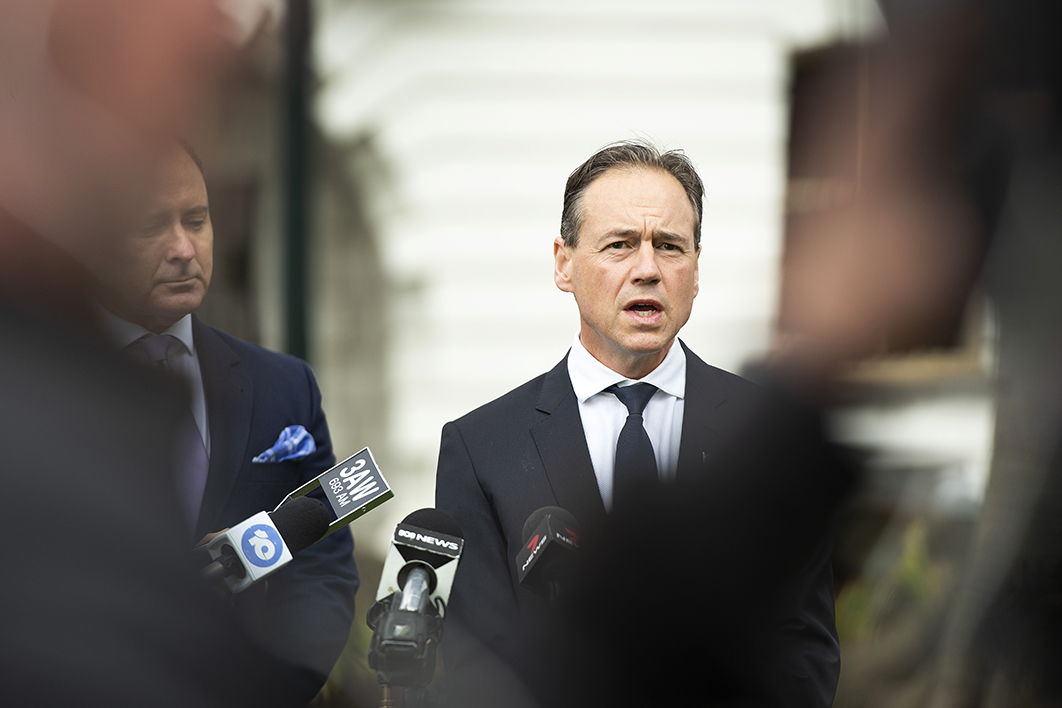What do private health insurers do when they’ve failed as a sustainable funding mechanism for hospitals and allied health services? They turn their minds to insuring out-of-hospital medical services, visits to GPs and other primary healthcare. But what hasn’t worked for hospitals is scarcely going to work elsewhere, and could fatally undermine the universality of Medicare.
Based on private insurers’ performance to date, their proposal this week to cover primary care and specialist “in-room” services would increase consumers’ out-of-pocket expenses, increase the proportion of gross domestic product consumed by healthcare, and reduce the system’s overall equity and efficiency.
The private heath funds argue that adding out-of-hospital services to their offering would have one key benefit: it would reduce premiums. The current system, they say, creates a perverse incentive for relatively straightforward procedures to be performed in expensive hospital settings. Under their plan, more of these could be carried out in the community.
It’s certainly true that a more seamless approach to funding would direct resources towards the most efficient healthcare setting, taking into account the needs of the individual consumer. When the current system was developed the boundary between hospitals and other health services was more sharply drawn; new treatments and technologies have blurred that boundary, and an increasing range of procedures are performed more cheaply and more conveniently outside hospitals.
But there’s no evidence that the private funds could finance out-of-hospital services more efficiently, or do it in the best interests of consumers. In fact, the data we do have, both locally and from overseas, shows that private health insurance is an inefficient way of funding healthcare. Countries with no universal coverage and a larger private health insurance industry spend more overall on healthcare without improving health outcomes.
The stand-out example, of course, is the United States, where around 35 per cent of health funding comes from private insurers and an enormous 17 per cent of GDP is spent on health. Yet health outcomes are poorer than in many other lower-spending countries, including Australia.
There’s no doubt that the countries with the most efficient healthcare systems — those that spend less and deliver more — are those that offer universal coverage financed mainly from public sources. Private health funds, on the other hand, have no ability to control the main outlays in the healthcare system — doctors’ fees and hospital charges — which are the major drivers of healthcare costs. The inability of the private funds to control fees is evident in the inappropriately high bills being charged by some specialists. It’s no coincidence that general practice — the one speciality area that private funds can’t cover — is relatively free of complaints about outrageous fees.
Private insurance is also more likely than Medicare to lead to overtreatment. This is no small problem: in some common cases, such as low-risk prostate cancer, the evidence shows that around 25 per cent of cases are overtreated. According to a recent report by the economic consultancy AlphaBeta, eliminating just one area of overtreatment — low-risk cancer patients — could result in an estimated saving of $6 million for insurers through avoided hospital accommodation costs.
Knee arthroscopy procedures are another good example of a high rate of overtreatment, costing the private health system an estimated $105 million each year. Extending private insurance into community-based settings is likely simply to add to these costs.
The funds’ proposal also increases the potential for private patients to be given preferential access to care, which some experts have found already occurs in public hospitals. Primary healthcare is the gateway to the rest of the health system: any inequities at this point in the system are amplified in other sectors, resulting in a less equitable health system overall.
Finally, extending private coverage is also likely to have an inflationary affect, with doctors feeling freer to increase fees knowing that health insurers would have to cover the cost.
Rather than extend private health insurance, we should look at how we can move away from this inefficient and inequitable funding mechanism. More transparent and accountable funding models would better meet Australia’s changing healthcare needs. •




